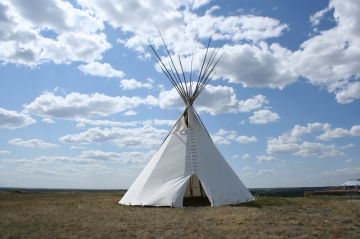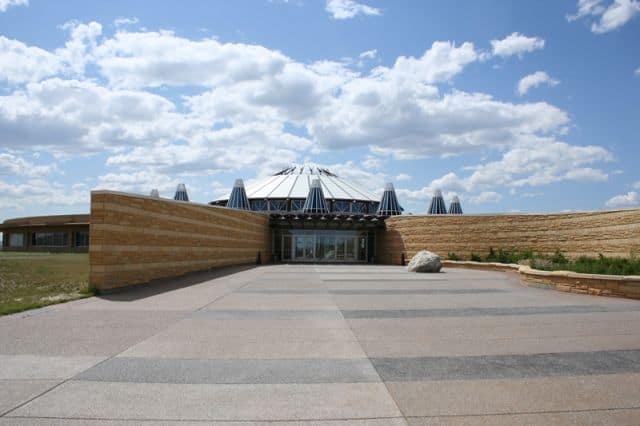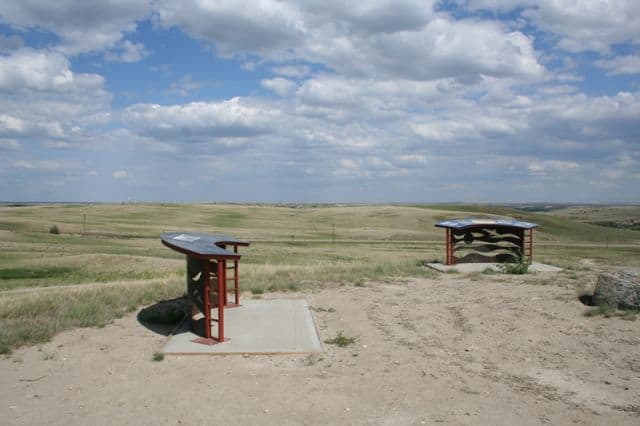Blackfoot Crossing

Park Amenities:
Blackfoot Crossing Historical Park
Calgary Parks, Trails and Places
Alberta Canada Parks & Trails
Blackfoot Crossing Historical Park and First Nation cultural destination located east of the community of Calgary, Alberta in the Southern Alberta region of Canada.
 Blackfoot Crossing was once a travel route and grazing grounds for the mighty buffalo. The First Nation people once lived with and hunted the buffalo in the region, as well as, the region was a destination for collected plants for food and medicine.
Blackfoot Crossing was once a travel route and grazing grounds for the mighty buffalo. The First Nation people once lived with and hunted the buffalo in the region, as well as, the region was a destination for collected plants for food and medicine.
The 809 hectare (2000 acre) Blackfoot Crossing Historical Park is the largest riparian eco system in North America. It is the original home of the Siksika, Kainawa and Piikuni First Nation people... and it is the site of the 1977 "Treaty #7" signing.
The signing of the treaty enabled the First Nation people of Blackfoot Crossing to take control of their lands and to protect their sacred sites, language, culture and traditions.
Today, Blackfoot Crossing is recognized as a National Heritage Site. The First Nations of Blackfoot Crossing have created a historical park enabling them to share their history and culture with the public.
The Blackfoot Crossing Historical Park is a paid admission park with many services and amenities. There is a museum, theatre, tipi theatres, art displays, gift shop, library, restaurant, conference centre and First Nation exhibits, archives, artifacts and monuments.
The First Nation site also plays host to events and celebrations... and provides educational programs, dance performances, group activities, guided tours and tipi overnight camping opportunities (reservations are required).
Surrounding the museum are rolling hills, grassland prairie, groves of trees and a river valley. There is a network of walking trails available in the park for exploring the Blackfoot Crossing landscape leading to various historic sites and a tipi village.
The Blackfoot Crossing Park's historic sites and "points of interest" include Poundmakers Grave, the Treaty 7 Monument, Chief Crowfoot's Grave, the Last Tipi Monument and the Mandan Earth Lodge which dates back to the 1700s.
Explore Calgary Parks, Trails and Places
Address:



